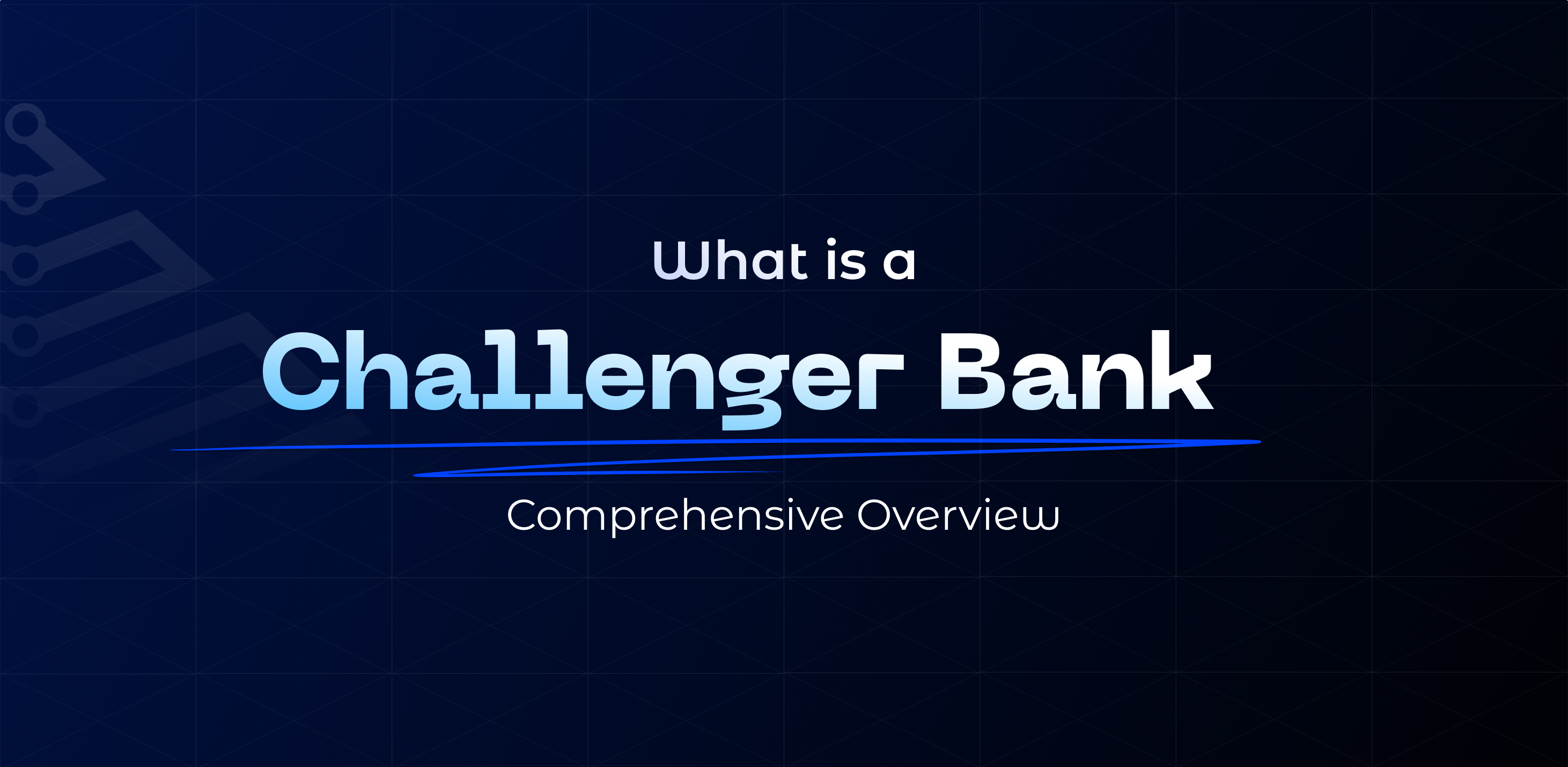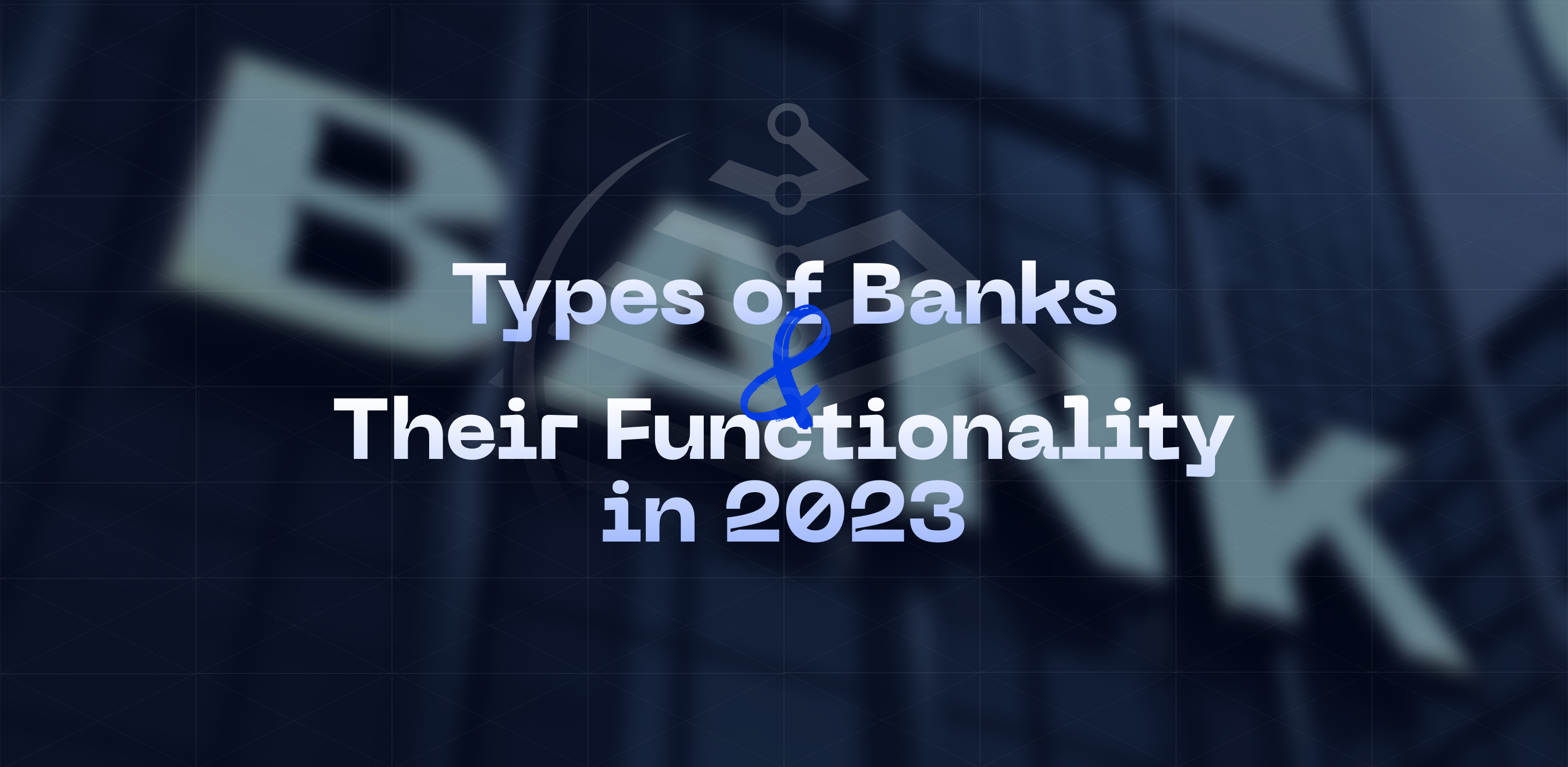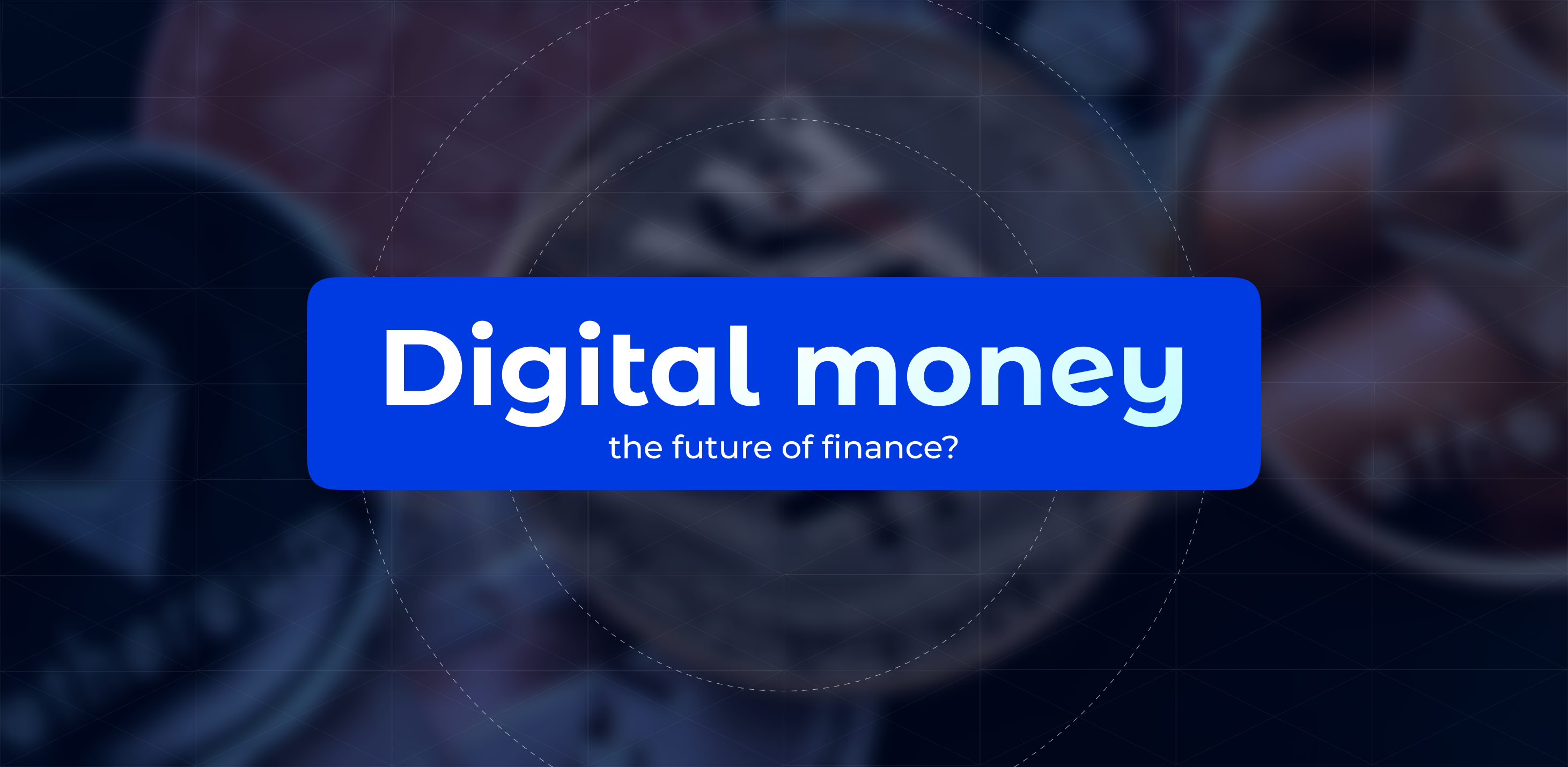With the development of the Internet, the issue of security comes to the fore. New technologies and the ability to use and receive virtual money are emerging. One of the factors that made electronic funds popular is that it is more convenient to use than banking products.
Electronic money is available around the clock, and it does not know the concept of a business day. Another factor in the success of electronic money is that it provides a direct and easy way to enter the global economy. When paying for services online, you should keep in mind the security and confidentiality of personal data.
If handled carelessly, your card and bank account information can be obtained by fraudsters, resulting in loss of funds. Let’s understand together what e-money is, the main risks, and tips on how to keep your data safe and secure.
Digital payments as part of financial evolution
A modern economy is becoming more and more cashless. Payment systems provide fast and reliable non-cash settlements. Businesses are slowly readjusting to the new way of working and handling data. This is where electronic money and payments come into play. It’s a great opportunity to go beyond boundaries. Virtual payments are transactions that take place through the exchange of data between the sender and the receiver on the Internet.
There is no need to adjust to the fact that there are working hours or a day off. You only need to have the necessary tools, where to store the money, and to whom to send it. All developed countries already live this way. This approach, namely electronic payments, has changed the way businesses operate. It is possible to do everything faster and easier.
Due to this, the financial system develops, and governmental bodies of different countries develop new legislative acts to bring changes in the existing culture. Virtual money is the future. Soon the world will forget about cash or money in bank accounts. People will be more advanced in digital and cryptocurrency.
Main threats and security measures for digital payments
The most obvious threat to the payer in electronic payment systems is the recipient’s refusal to acknowledge receipt of the payment and fulfill the obligations associated with that payment. As a rule, in this case, the payment system is an independent party and can confirm the fact of payment. A more severe case is the unauthorized debiting of funds by the payment system itself.
This happens if you have saved your bank details on third-party websites. Also, you may have agreed to their terms of cooperation and therefore authorized such an action. For all its flexibility and popularity, web technologies have some serious security issues that are in the genes. To make a web application secure, a developer needs a very high level of security expertise, which, alas, very few people possess.
The websites of online stores and operators very often have vulnerabilities that allow hackers to embed in the code of web pages their program code, which will be executed by the user’s browser. In this way, the hacker can extract data entered into form fields or force the browser to perform the desired operation without the user’s knowledge. This allows fraudsters to extract passwords and credit card data from the browser and generate fake payment orders on behalf of the payer.
Advice on protecting personal information when paying online
Today, every user can take simple but very important steps to protect themselves and their data. Let’s get acquainted with the tips from Paysaxas that can come in handy.
- Pay for services only on websites with a secure connection.
Trusted sites such as Paysaxas use a secure connection. The address of a secure resource starts with https://. Modern browsers automatically block untrustworthy websites and ask the user for payment authorization. A trusted website is certified according to the PCI DSS standard by the requirements for storing, processing, transmitting, and managing payment cardholder data.
- Make payments only from personal devices.
Pay for services on the Internet only from personal devices. Passwords and data on third-party devices can be saved and attackers can use your card. You may inadvertently not notice how you saved your personal login information on third-party devices. Therefore, to avoid unnecessary problems, it is highly recommended to use your own gadgets to make payments.
- Confirm payments using 3D-Secure.
3D Secure is a security technology that is connected to most bank cards. 3D Secure increases payment security and reduces the risk of unauthorized transactions. Every time you pay online, a one-time SMS password is sent to your mobile to confirm the payment. If this function is not active, please activate the service at your bank.
- Track the flow of funds on your accounts.
Check all transactions in your banking or e-wallet history. This way you can both optimize your expenses and keep track of all card transactions. You will be aware of what is happening with your balance. This ensures you are notified that nothing extraneous is going on.
- Adjust the limit of online payments.
By default, the bank card has a limit on the amount of online payments to prevent fraud and theft of funds from the customer’s account. Set the required online payment limit based on your number of online payments.
Final thoughts
In the end, it should be emphasized that we all live in the internet and digital age. Unfortunately, almost anyone with knowledge and skills can access a database. What is important here is how people and companies can maximize their security and turn the attention of fraudsters away from data and accounts.
Money is always the primary motivator and driver. It’s the goal, and they want to get it. You should not leave your card and account details on the Internet, especially not on third-party platforms and websites. Be careful and try to update your passwords more often.








